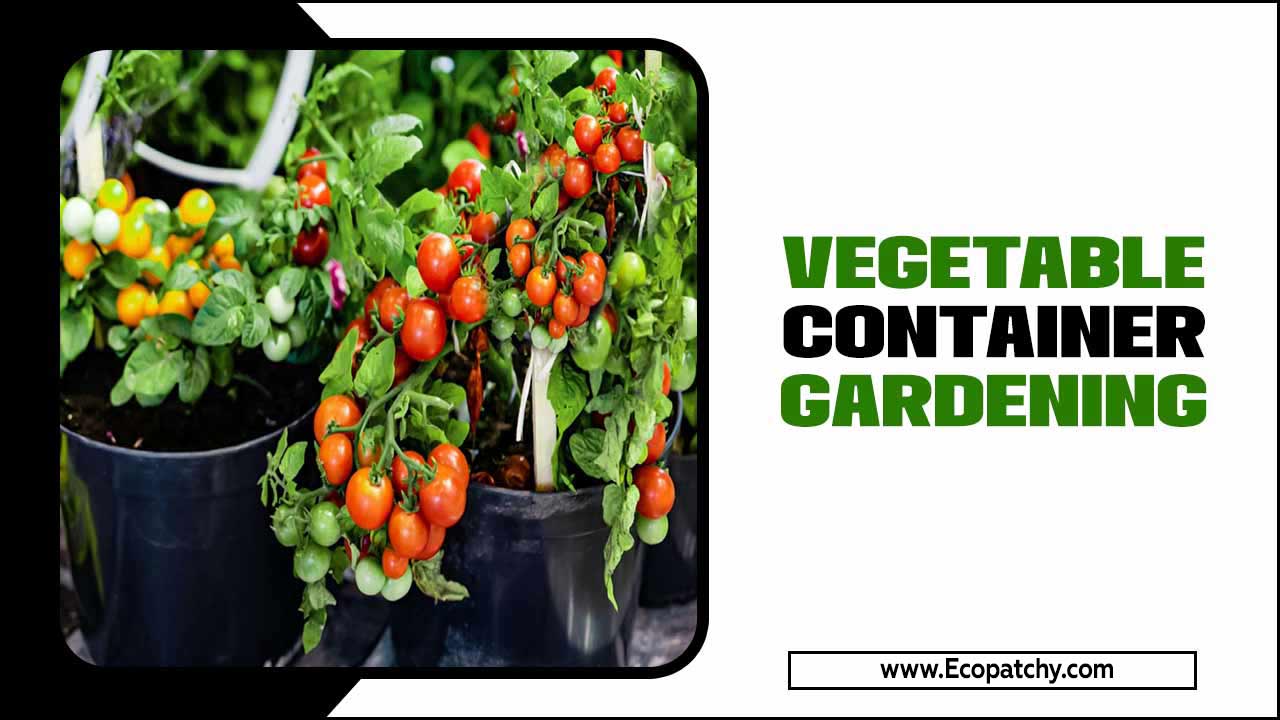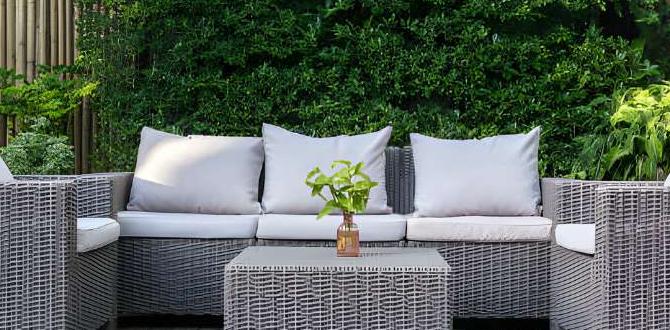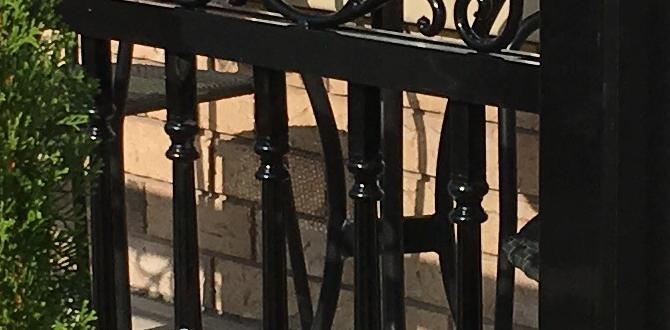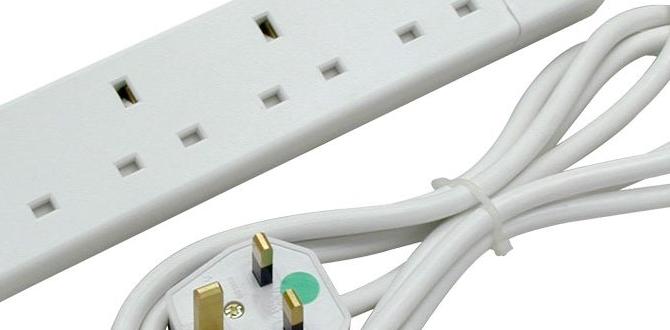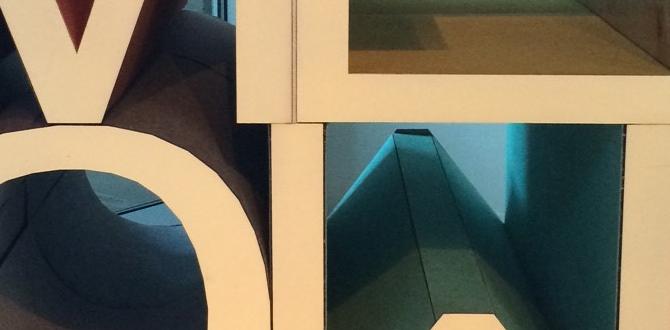Broccoli is a beloved vegetable among health-conscious individuals and culinary enthusiasts alike. With its numerous health benefits and versatility in the kitchen, it’s no wonder that many people are eager to grow their own supply of this nutrient-packed cruciferous vegetable.
However, for those who lack the space or resources for a traditional garden, growing broccoli may seem like a daunting task. Here we will cover everything you need to know about grow broccoli in containers hassle free. From understanding the ideal varieties of broccoli for container growth to choosing the right container and preparing the soil, we’ve got you covered.
We’ll also share some tips on how to care for your broccoli plant and prevent pests and diseases. We’ll explain when and how to harvest your broccoli from a container and how to store it for longer freshness.

The Importance Of Choosing The Right Container
Choosing the right container is crucial for successful broccoli growth. Ensure the container has a minimum diameter of 12 inches to accommodate the root system. Opt for durable materials like plastic or ceramic to promote longevity.
Adequate drainage holes in the container prevent waterlogging and promote healthy root development. Consider using a self-watering container to maintain consistent moisture levels. Also, choose a container that complements your garden’s or outdoor space’s aesthetic.
The Ideal Varieties Of Broccoli For Container Growth
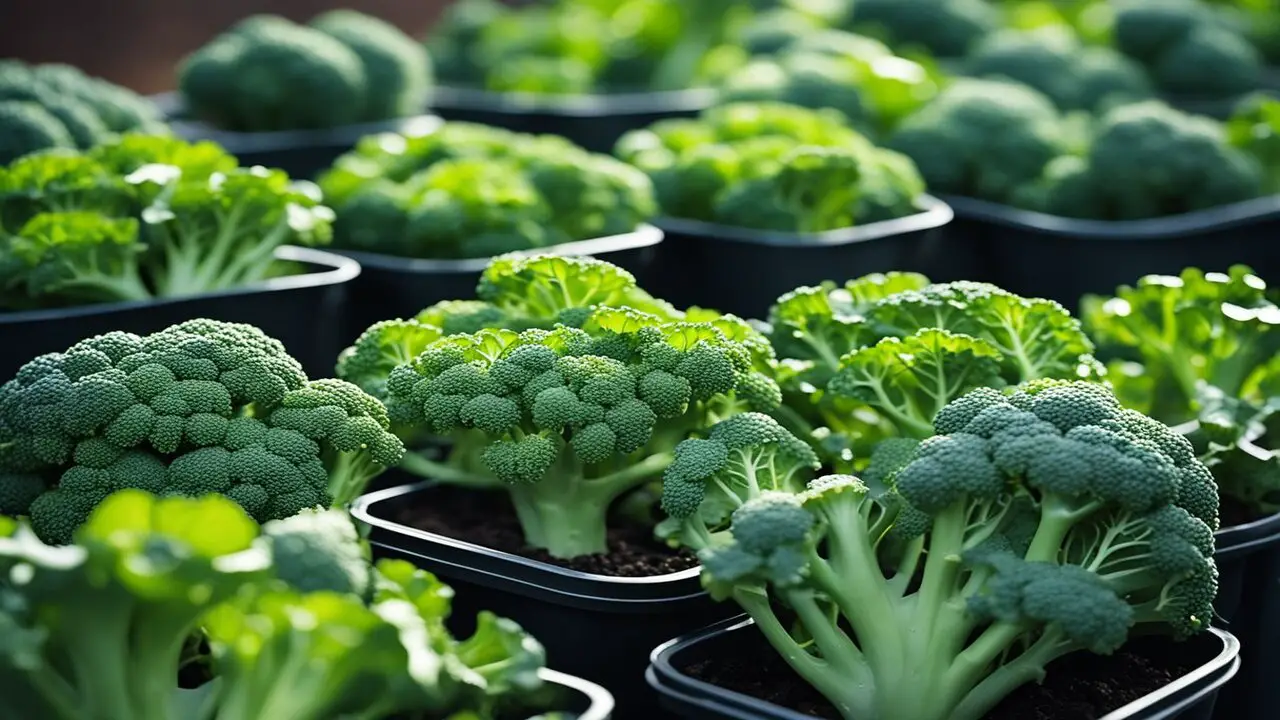
When growing broccoli in containers, choosing the right variety ensures successful growth. Some varieties are better suited for container gardening due to their compact size and ability to thrive in confined spaces.
When selecting your broccoli variety for container gardening, consider factors such as the available space in your container, the desired harvest size, and the climate conditions in your area. Here is a list of ideal broccoli varieties for container growth:
- ‘DeCicco’: This heirloom variety is known for its smaller heads and abundant side shoots, making it perfect for continuous harvesting.
- ‘Blue Wind’: With its tight, blue-green heads, ‘Blue Wind’ is a popular choice for container gardening. It matures quickly and has excellent flavor.
- ‘Artwork’: This hybrid variety produces large, uniform heads perfect for fresh consumption and freezing.
- ‘Broccolini’: Also known as baby broccoli or broccolette, this variety has tender stems and small florets that can be harvested early.
- ‘Calabrese’: A classic Italian variety, ‘Calabrese’ produces large, dome-shaped heads with tightly packed florets.
Step-By-Step Guide: Grow Broccoli In Containers Hassle Free
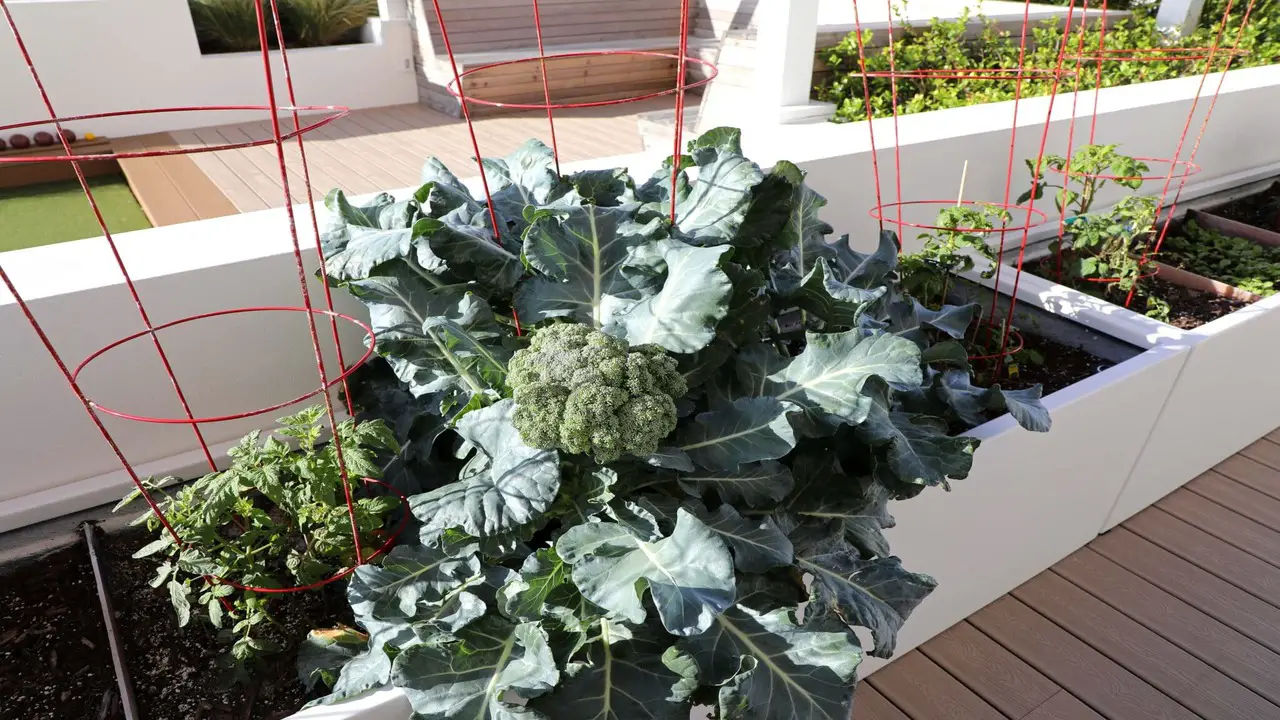
To successfully grow broccoli in containers hassle-free, it’s crucial to understand its growth requirements. Broccoli thrives in full sun, requiring at least 6 hours of sunlight daily. For healthy growth, use well-drained soil enriched with organic matter.
Growing broccoli in containers can be a hassle-free and rewarding experience. Following these steps, you can enjoy a bountiful harvest of fresh and delicious broccoli from your container garden without any hassle. Follow these step-by-step instructions to successfully grow broccoli in containers hassle free:
1.Choosing The Right Container
When growing broccoli in containers, it is crucial to choose the right container to ensure successful growth. Select a container with proper drainage holes to maintain optimal moisture levels for the plant. Ensure the container is large enough to accommodate the broccoli’s root system as it grows.
Opt for a sturdy container that can withstand the weight of the mature plant. Consider using a container with a trellis or support system for tall varieties. Choose a container of materials that promotes good air circulation for healthy growth.
2.Preparing The Soil
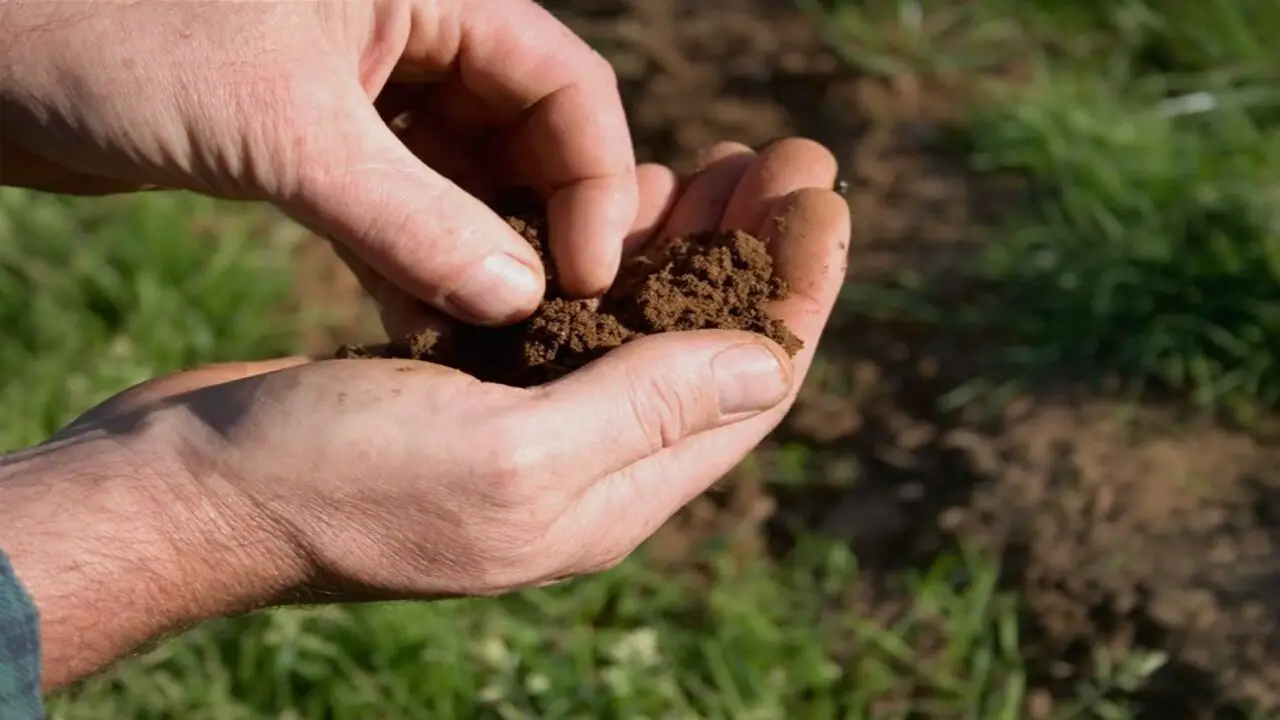
Use a well-draining potting mix rich in organic matter to ensure optimal growth. Maintaining a soil pH between 6.0 and 7.0 is important for ideal nutrient uptake. Enrich the soil with compost or organic fertilizer to provide essential nutrients.
Before planting, remove any debris or weeds from the container and break up clumps of soil to create a loose and crumbly texture. This will create an ideal environment for your broccoli to thrive.
3.Planting Broccoli Seeds
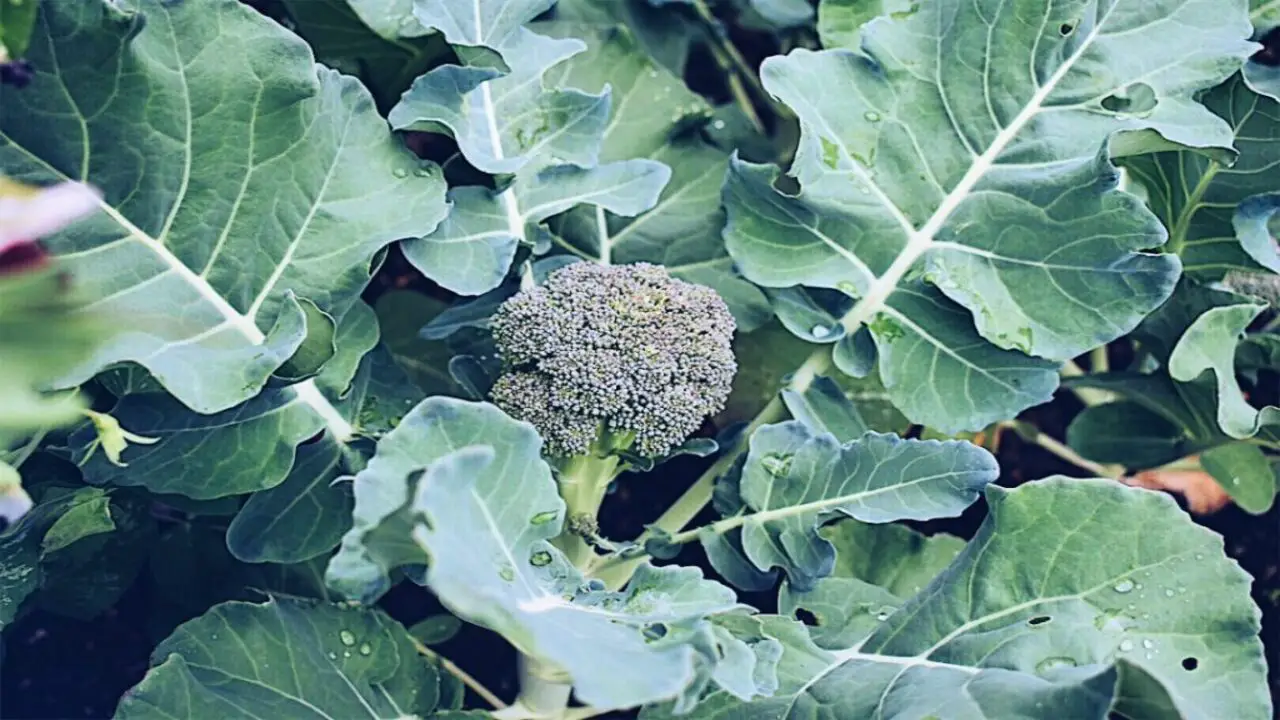
To plant broccoli seeds hassle-free, start by sowing the seeds indoors about 6-8 weeks before the last frost date. Place the seeds ¼ inch deep in the soil and lightly cover them.
Throughout the germination process, keep the soil consistently moist once the seedlings have developed true leaves, thin out the weaker ones to give the remaining ones enough space to grow. Finally, transplant the seedlings into your container for a successful broccoli harvest.
4.Watering And Fertilizing
To ensure healthy growth, water your broccoli regularly, maintaining even moisture without overwatering. Avoid overhead watering to prevent disease and fungal issues. Apply a balanced fertilizer every 2-3 weeks for optimal nutrition. Monitor moisture levels and adjust the watering frequency as needed.
For long-lasting nutrition, consider using a slow-release fertilizer. By following these watering and fertilizing practices, you can promote the successful growth of your broccoli in containers.
5.Caring For Your Broccoli
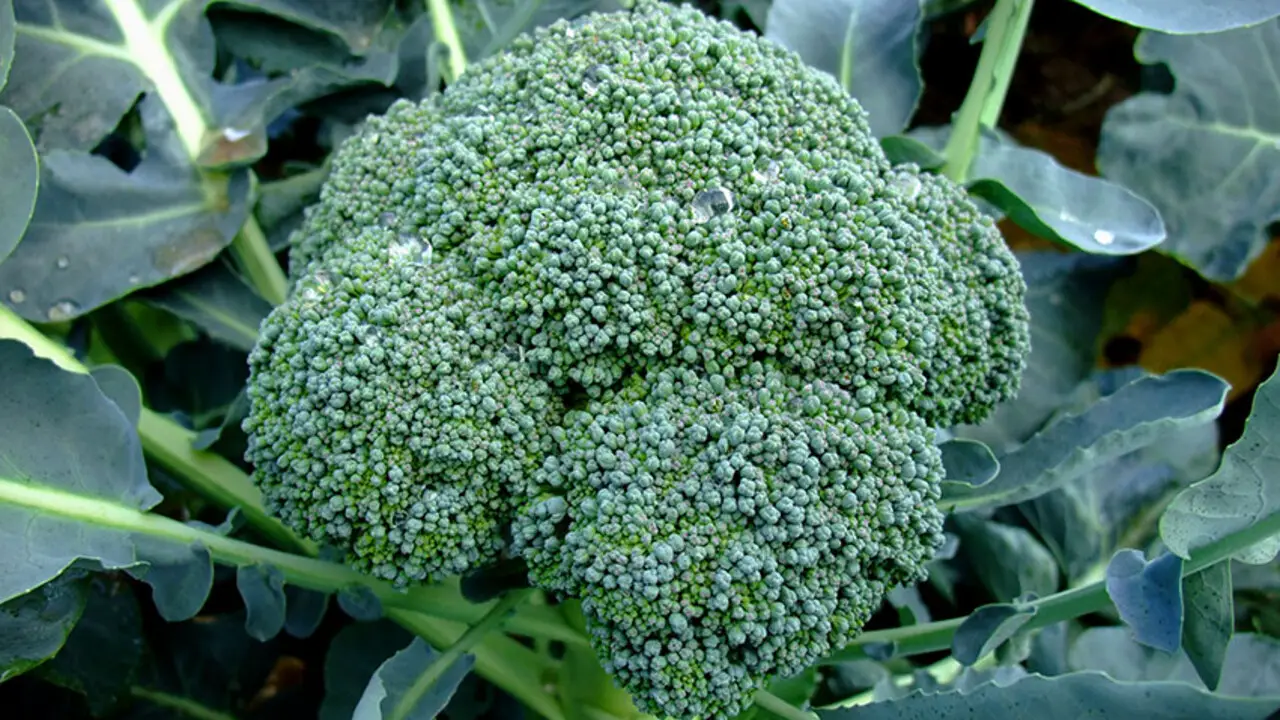
To ensure optimal growth, give your broccoli plants at least 6 hours of full sun exposure daily. Mulching around the base of the plant will help retain moisture and keep weeds at bay. Keep a close eye on pesky insect pests like aphids and cabbage worms and take measures to control their population.
Good air circulation is crucial to prevent fungal diseases, so ensure enough space between plants. Lastly, as the main head of the plant grows larger, provide support to prevent any damage.
6.Harvesting Broccoli
Harvest broccoli when the main head is firm and tight. Cut the stem at an angle about 6 inches below the head. Leave the plant in the container for potential side shoots to develop. Harvest side shoots when they reach a usable size. Enjoy fresh and nutritious broccoli from your container garden!
Factors To Consider When Selecting A Broccoli Container
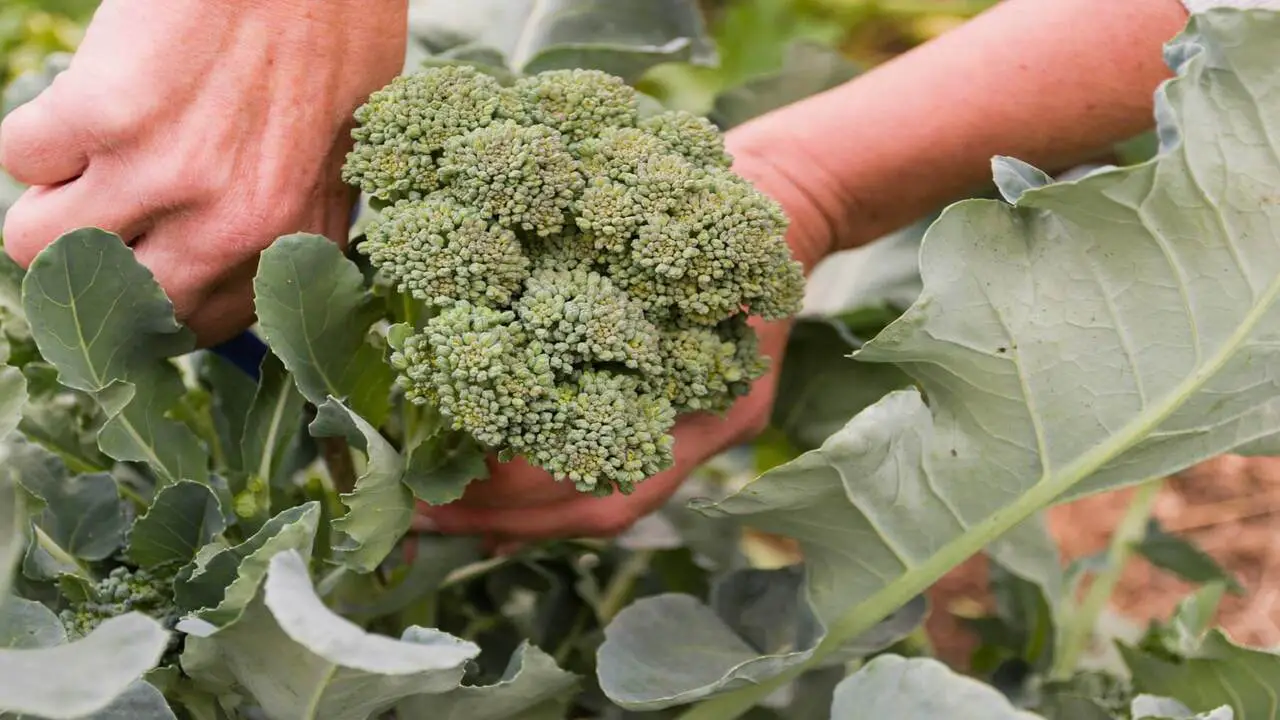
When growing broccoli in containers, selecting the right container is crucial for the success of your plants. By considering these factors, you can ensure that your broccoli plants have a suitable environment to flourish and produce delicious heads of broccoli in your very own container garden.
Here are some important factors to consider when choosing a broccoli container:
- Size: Broccoli plants require ample space for their roots to grow and develop. Therefore, opt for a container at least 12 inches deep and wide to provide enough room for the plant to thrive.
- Drainage: Proper drainage is essential to prevent waterlogged soil, which can lead to root rot. Look for containers with drainage holes or add them yourself if necessary.
- Material: Choose a container made of durable plastic or ceramic that can withstand outdoor conditions and won’t crack or break easily.
- Insulation: Broccoli prefers cool temperatures, so selecting an insulated container can help regulate soil temperature and protect the roots from extreme heat or cold.
- Mobility: Consider the weight of the container and whether it has handles or wheels for easy transportation, especially if you plan on moving your broccoli plants around to optimize sunlight exposure.
Why Is It Important To Regularly Fertilize Your Broccoli?

Regularly fertilizing your broccoli plants is essential for their healthy growth and development. Broccoli is a nutrient-hungry plant that requires a steady supply of essential minerals to thrive. Fertilizing provides these necessary nutrients, ensuring your plants have everything they need to produce robust heads of broccoli.
Additionally, regular fertilization can help improve your plants’ overall health and vigor, making them more resistant to pests and diseases. By providing the right balance of nutrients through fertilization, you can maximize the yield and quality of your broccoli harvest.
Common Pests And Diseases In Broccoli And How To Manage Them
Growing broccoli in containers can be a convenient and hassle-free way to enjoy this nutritious vegetable. However, like any plant, broccoli is susceptible to pests and diseases that hinder its growth and development.
By being vigilant and taking proactive measures, you can effectively manage pests and diseases in your container-grown broccoli, allowing it to thrive and provide a bountiful harvest. Here are some tips for managing common pests and diseases in broccoli:
- Aphids: These small insects can suck the sap from broccoli plants and cause stunted growth. To manage aphids, spray the plants with water and dish soap or insecticidal soap.
- Cabbage Worms: These green caterpillars can munch on broccoli leaves and damage the plants. Handpicking them off the leaves or using organic insecticides such as Bacillus thuringiensis (BT) can help control cabbage worms.
- Powdery Mildew: This fungal disease appears as a white powdery coating on the leaves of broccoli plants. To prevent powdery mildew, ensure good air circulation around your plants and avoid overhead watering.
- Clubroot: This soil-borne disease causes stunted growth and deformed roots in broccoli plants. To manage clubroot, choose resistant varieties of broccoli, practice crop rotation, and ensure proper drainage in your containers.
How To Harvest Broccoli From A Container
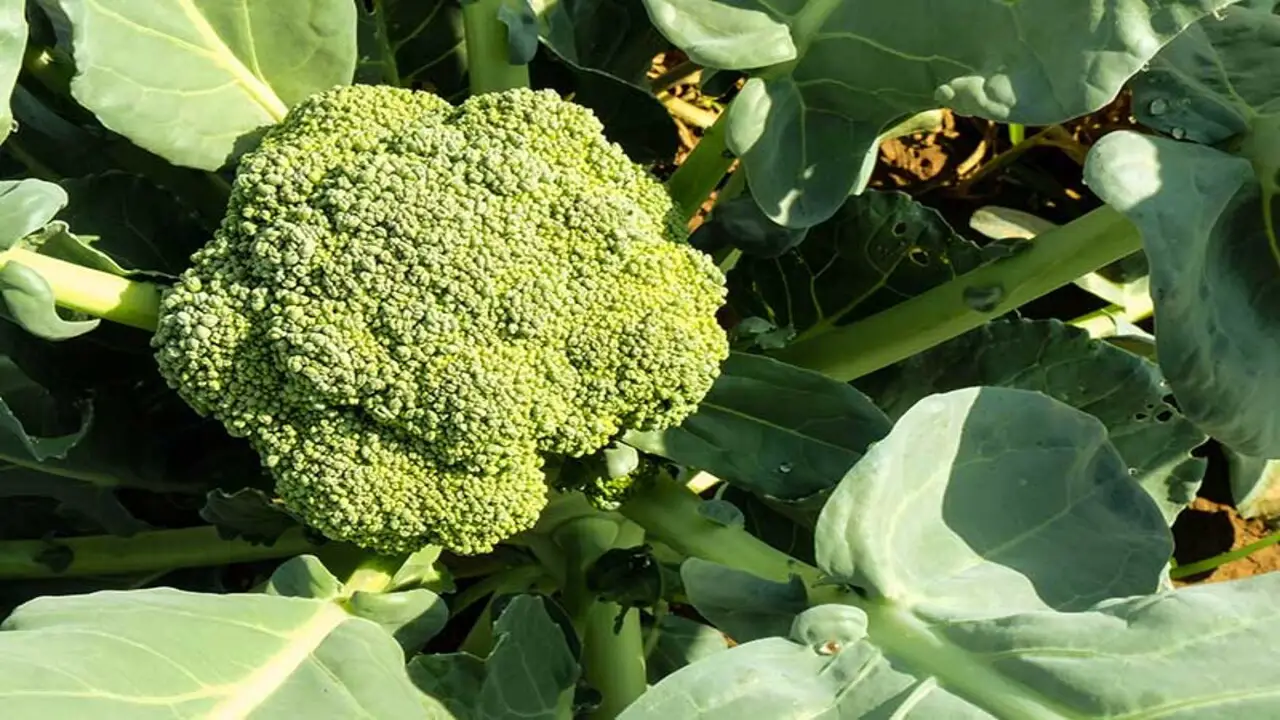
Harvesting broccoli from a container can be a rewarding experience. By following these tips, you can enjoy a bountiful harvest of delicious homegrown broccoli from your container garden. Here are some tips to help you successfully harvest broccoli from your container garden:
- Check For Readiness: Broccoli is typically ready to harvest when the heads are tight and firm and the florets are dark green. Avoid waiting too long to harvest, as overripe broccoli can become tough and bitter.
- Use A Sharp Knife Or Shears: To harvest broccoli, use a sharp knife or shears to cut the main head off at the base, leaving about 5 inches of stem attached. Be careful not to damage any neighbouring buds or shoots still developing.
- Look For Side Shoots: After harvesting the main head, keep an eye out for smaller side shoots that will continue to develop on the plant. These can be harvested as they mature, providing additional smaller broccoli heads.
- Store Properly: It’s best to store broccoli in the refrigerator to maintain its freshness and flavor once harvested. Place it in a plastic bag or wrap it in a damp paper towel before storing it in the crisper drawer.
Conclusion
Growing broccoli in containers is an excellent way to enjoy this nutritious vegetable, even with limited space. By following the right steps to grow broccoli in containers hassle free. Remember to choose the right variety of broccoli and container, prepare the soil properly, and provide adequate watering and fertilization.
Regular care and monitoring for pests and diseases will help keep your plants healthy. When it’s time to harvest, do it at the right stage for maximum flavor and freshness. If you have extra broccoli, you can store it properly to extend its shelf life. With this complete guide, you’ll be able to easily grow broccoli in containers and enjoy the delicious rewards of your effort.
Frequently Asked Questions
1.Is Broccoli Easy To Grow In Containers?
Ans: Yes, growing broccoli in containers is relatively easy. Choose a container with good drainage and at least 12 inches deep. Make sure your broccoli gets full sun and consistent watering. You can enjoy a bountiful harvest of homegrown broccoli in your containers with proper care.
2.Does Broccoli Grow Well In Containers?
Ans: Broccoli can thrive in containers, making it a great option for those with limited garden space. Ensure success by choosing a container at least 12 inches deep and wide enough for the mature plant. Provide full sun, consistent moisture, and well-draining soil. Regular fertilization and pruning will promote healthy growth.
3.Is There A Trick To Growing Broccoli?
Ans: To grow broccoli successfully, keep in mind a few tricks. First, ensure temperatures between 60-65°F for optimal growth. Additionally, provides nutrient-rich soil and consistent watering. Planting broccoli near pest-repellent plants like marigolds or thyme can also help. Finally, choose a container with at least 12 inches depth and width.
4.Are You Too Impatient To Wait For Broccoli To Mature?
Ans: Have a hard time waiting for mature broccoli? Well, you’re not alone! Broccoli typically takes 60-100 days to mature, but if you can’t wait long, consider growing sprouting broccoli which matures in 30 days. Another option is to stagger your planting for a continuous harvest throughout the season. Just remember to keep your plants well-watered and fertilized for optimal growth.
5.Is It Necessary To Provide Support For The Broccoli Plants While They Are Growing In Containers?
Ans: Providing support for broccoli plants in containers is essential. Without it, they can become top-heavy and fall over. Bamboo stakes or tomato cages can offer the necessary support, improving air circulation and preventing fungal diseases.

